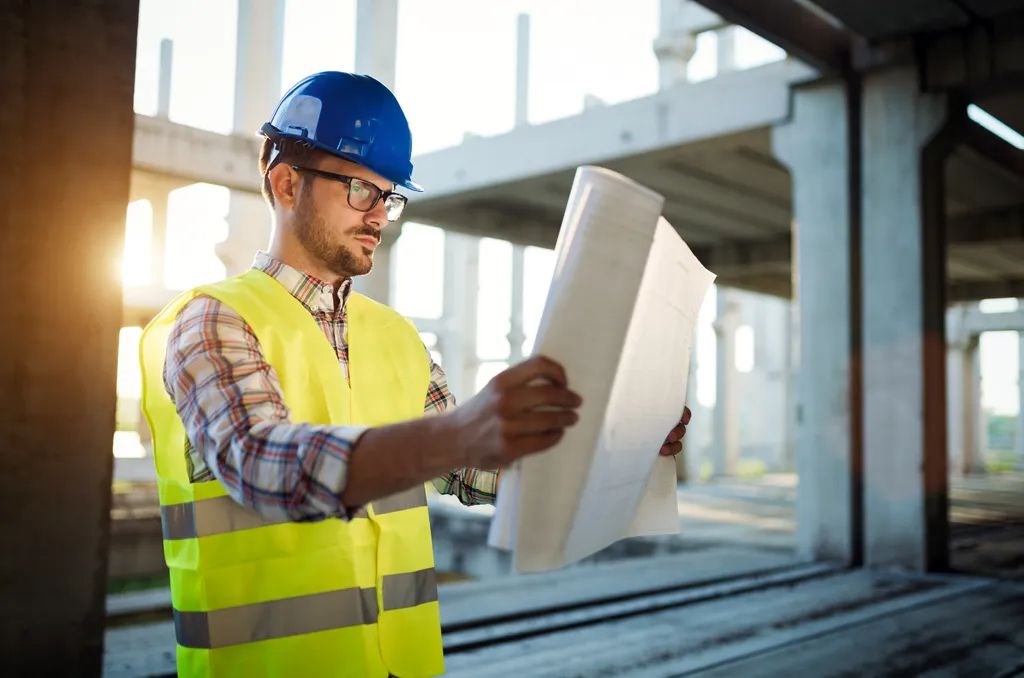A guide to hard hats and safety helmets
Published date: 21 August 2023

Hard hats and safety helmets are essential protective gear in high-risk workplaces such as construction sites, manufacturing plants, and industrial facilities. These pieces of personal protective equipment (PPE) are designed to protect the head from falling objects, electrical hazards, and other potential dangers. This guide will delve into the crucial aspects of hard hats and safety helmets, shedding light on their importance and the key regulations that govern them.
Why hard hats matter
Hard hats serve as the first line of defence against head injuries in hazardous work environments. Falling objects, sudden impacts, and accidental collisions are risks that labourers face daily. HSE statistics list “Struck by a moving object” as the second leading cause of work-related fatal injuries in Great Britain in 2022/23.
Hard hats are engineered to absorb and distribute impact forces, effectively reducing the severity of head injuries. Additionally, they shield workers from potential electrical shocks by providing insulation. The proper use of hard hats can mean the difference between a minor incident and a life-altering accident.
What are hard hats made of?
The most common material used in the production of hard hats is high-density polyethylene (HDPE), a lightweight yet robust plastic. HDPE offers an excellent balance between strength and weight, making it ideal for providing protection without causing discomfort during extended wear. This material’s natural flexibility allows the helmet to absorb and distribute impact forces efficiently.
For situations that demand even higher impact resistance, some hard hats are crafted from polycarbonate, a thermoplastic material that boasts exceptional toughness and durability. Polycarbonate safety helmets offer a heightened level of protection, ensuring that workers remain safe even in the face of significant force.
Types of hard hats
Hard hats come in various types and classes, each designed to meet specific safety requirements and cater to different working conditions. Here are some key types to consider:
- EN 397 industrial safety helmets: These hard hats adhere to the standard EN 397 regulation and provide essential protection against falling objects and impacts. They are the standard choice for a wide range of industrial applications and are well-suited for construction, manufacturing, and other similar environments.
- EN 14052 high-performance industrial safety helmets: Intended for high-risk environments, these helmets go beyond the basic requirements of EN 397. They provide additional protection against lateral impacts and improved shock absorption. They are usually heavier and larger than conventional hard hats.
- EN 12492 helmets for working at height: For those working in environments where heights are a significant concern, EN 12492 helmets are designed to provide protection from all sides. This feature, combined with a secure chin-strap, also ensures better protection for the head in case of a fall.
- EN 50365 electrically insulated helmets: EN 50365-compliant helmets are electrically insulated, providing a barrier of protection against electrical hazards. These helmets are crucial for electricians and others working in close proximity to live electrical systems.
Understanding EN 397 Regulations
In the UK, the safety standards for hard hats are outlined in EN 397. This regulation mandates the essential requirements for industrial helmets to provide protection against falling objects and impacts. Hard hats compliant with EN 397 must undergo rigorous testing to ensure their durability and effectiveness. They are subjected to trials involving impacts, penetration, and flammability to guarantee that they can withstand a range of potential hazards.
Every helmet which complies with EN 397 must carry the number of the standard, the name or id mark of the manufacturer, the year of manufacture and the type of helmet. By selecting an EN 397-compliant safety helmet, employers and workers ensure that they are getting a high-quality, reliable product that will provide the necessary head protection required within the work environment.
At Conro Electronics, we’ll show you how to improve product reliability while increasing performance and lowering costs. Our team of technical support specialists will provide your company with dependable global supply, unrivalled efficiency, and superior technical support.
Feel free to contact us on 0208 953 1211 or send us an email to info@conro.com




Comments
There are currently no comments, be the first to comment.